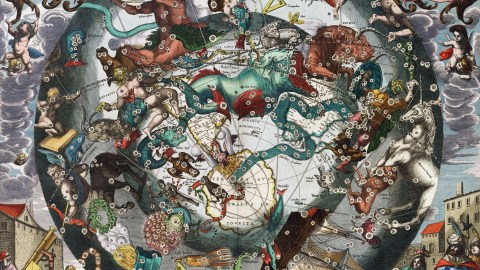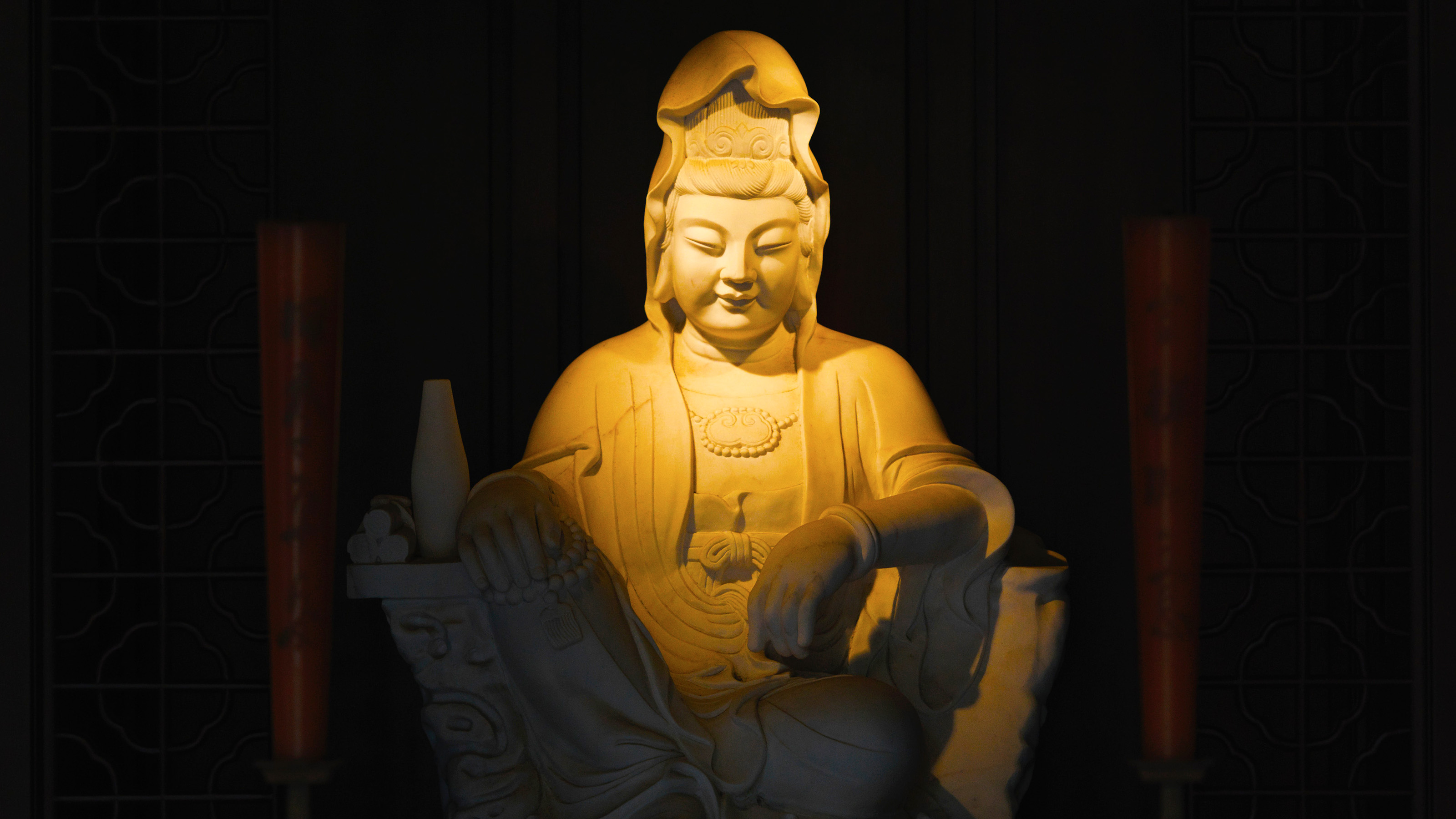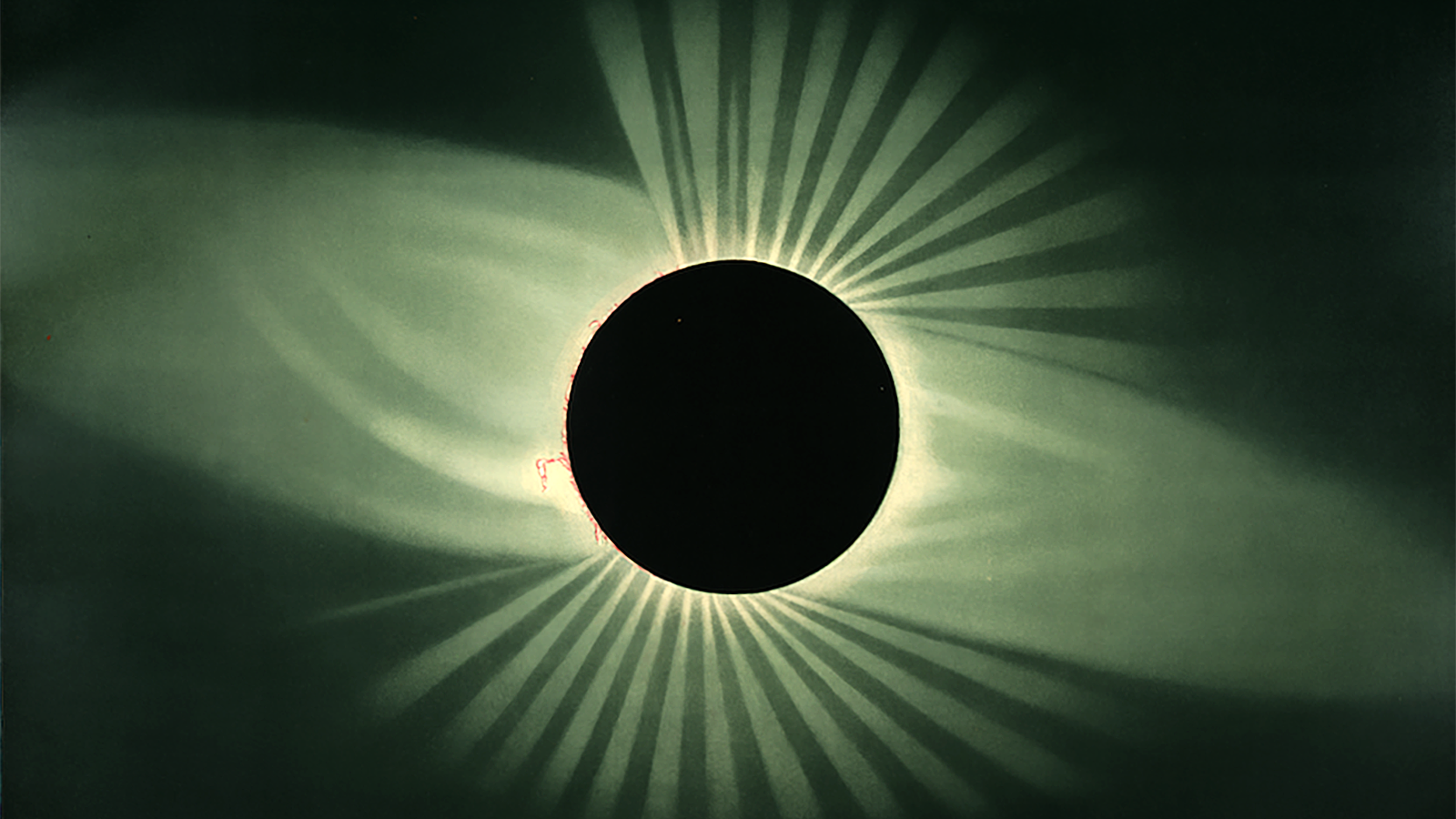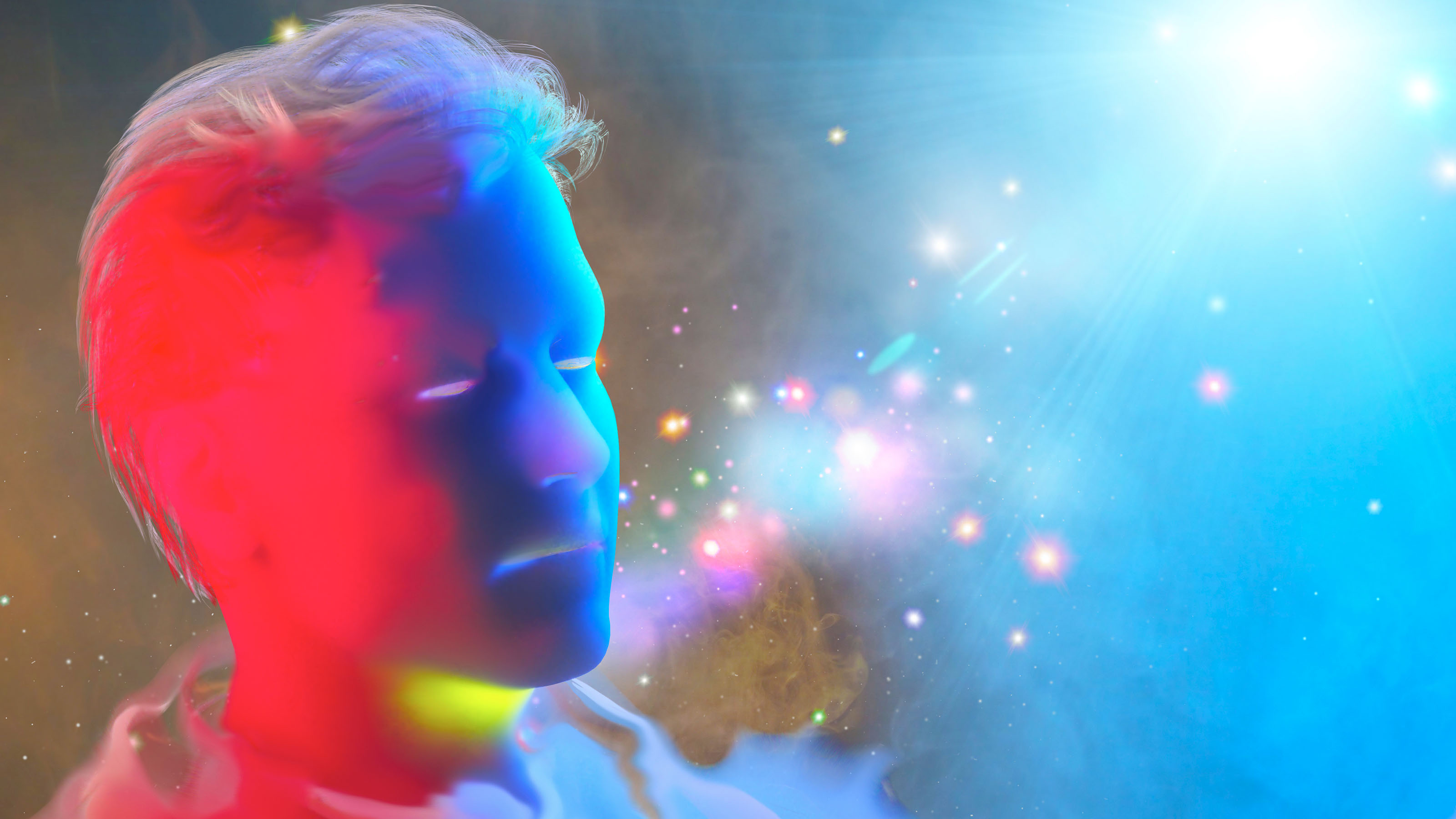Faith-based beliefs are inescapable in science

- The capacity for abstract belief in an unknowable realm is a fascinating aspect of being human, evolved from our need for social engagement, belonging, and dealing with things we cannot control, predict, or understand.
- Science has fundamental limitations as a way of knowing and is not the only method of approaching the unattainable truth about reality.
- Indeed, there is a nuanced role for faith-based belief in science, and it is arguably needed in order to advance knowledge of the natural world.
The landscape of belief in the U.S. is changing. In 2007 and again in 2014, the Pew Research Center published the results of the largest surveys on religious affiliation in America, both involving more than 35,000 respondents. The surveys show the U.S. as one of the most religious nations in the world, with 76.5% of respondents being affiliated with Christian or non-Christian faiths as of 2014.
Yet, even if belief in God is less prevalent in European and East Asian countries, there is no question that we live in a world where the worship of a deity and belief in the supernatural remain strong. Perhaps surprisingly, the great scientific advances of the past four centuries have not radically diminished the number of believers. In fact, outside of a handful of countries (including most of the Nordic countries, Czechia, France, Vietnam, and Japan), atheists and agnostics account for less than half of the populations of all nations in the world.
An essential human trait
In the U.S., the proportion of nonbelievers is growing, from 16.1% in 2007 to 22.8% in 2014. It probably ranks even higher now. The main reason for this change is generational. Younger people tend to be less affiliated with organized religion or supernatural belief in general. Yet nonaffiliated spirituality is on the rise. As Princeton University anthropologist Agustín Fuentes argues in his excellent book, Why We Believe, “Belief is the most prominent, promising, and dangerous capacity that humanity has evolved.” It is an inescapable human trait. As Fuentes writes, “We are human, therefore we believe.”
Where does this trait come from? We can define faith as belief without proof. To critique religious faith based on a lack of empirical evidence, as Richard Dawkins and others have done in the past, is just plain silly. The faith that billions place in a supernatural deity or deities, or on powers beyond our understanding, does not need to be falsifiable by the scientific method, nor does it need its validation. More than that, as Fuentes notes, this capacity for abstract belief in the existence of an unknowable realm is one of the most fascinating aspects of being human.
We believe because we evolved the need to believe. Witness the cathartic power of rituals in any religious practice — the dancing, the singing, the drumming, the shouting, the ecstatic trance-like states these acts elicit from participants — and you realize that this is not about understanding human behavior through our rational faculties. It is about being human in ways beyond our power to reason about reality. It is about crafting a visceral connection with the transcendent — a connection that is both moving and necessary. It is about celebrating awe as a portal for personal and communal growth. It is about our need for meaning.
Belief runs through science’s canon
Apart from our deep need for social engagement and belonging, belief springs from our helplessness in dealing with things we cannot control, predict, or understand. If we are nothing more than flesh and blood, a mere assembly of molecules subject to the laws of nature, then we have no choice but to follow the course of material things and die, disintegrating into dust. How much more wonderful it is to believe in the afterlife, in nonmaterial entities capable of bypassing the rigid limitations imposed by materialistic reasoning.
If science is to help us, in the words of the late Carl Sagan, by providing a “candle in the dark,” it will have to be seen in a new light. The first step in this direction is to admit that science has fundamental limitations as a way of knowing, and that it is not the only method of approaching the unattainable truth about reality. Science should be seen as the practice of fallible humans, not demigods. We should confess our confusion and acknowledge our sense of being lost as we confront a Universe that seems to grow more mysterious the more we study it. We should be humble in our claims, knowing how often we must correct them. We should, of course, share the joy of discovery, the achievements of human inventiveness, and the importance of doubt.
Perhaps more importantly, we should acknowledge that there are faith-based myths running deep in science’s canon, and that scientists, even the great ones, may confuse their expectations of reality with reality itself. This is where faith-based belief emerges in science, as we imagine possible worlds beyond our present grasp. What principles guide us as we extrapolate ideas beyond the known and venture into unexplored territories of reality? We cannot use reason alone in our journey to these unknown lands — there is no clear path to follow. We can only explore the unknown using what we do know.
A scientist therefore must base their approach on an imponderable process that some call a hunch or an intuition. This is an intellectually guided expression of faith in how the scientist imagines the world to be. There is no way to venture into the unknown without this guiding light, and that light comes from a source that is not completely known. This is where science meets faith.





